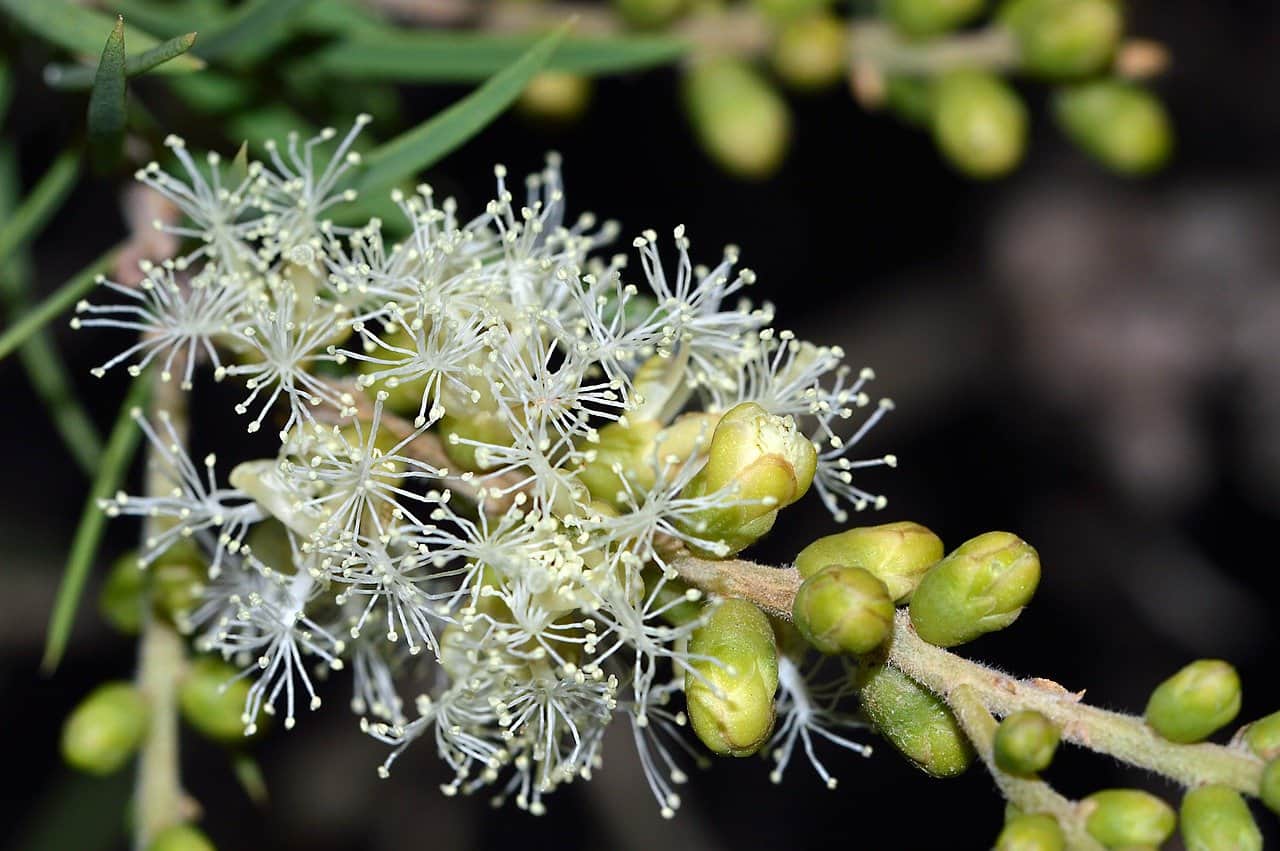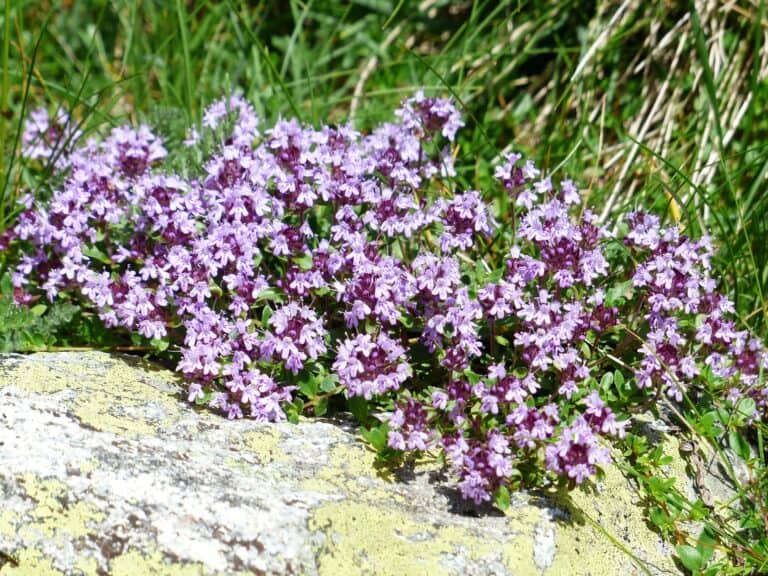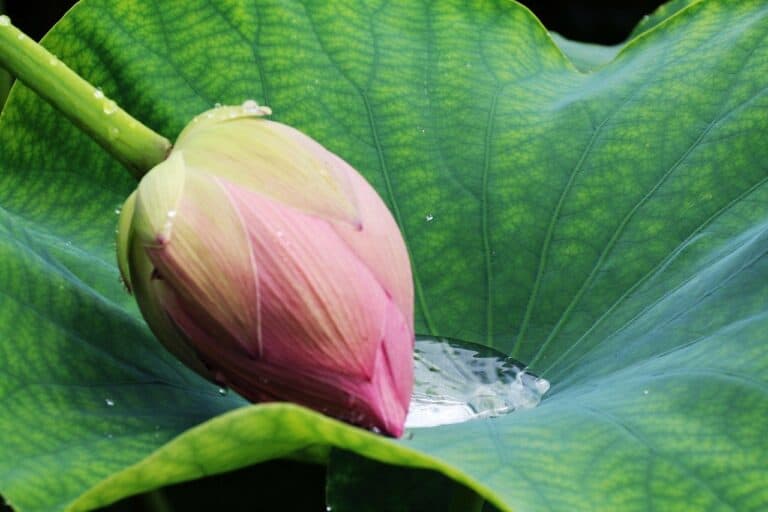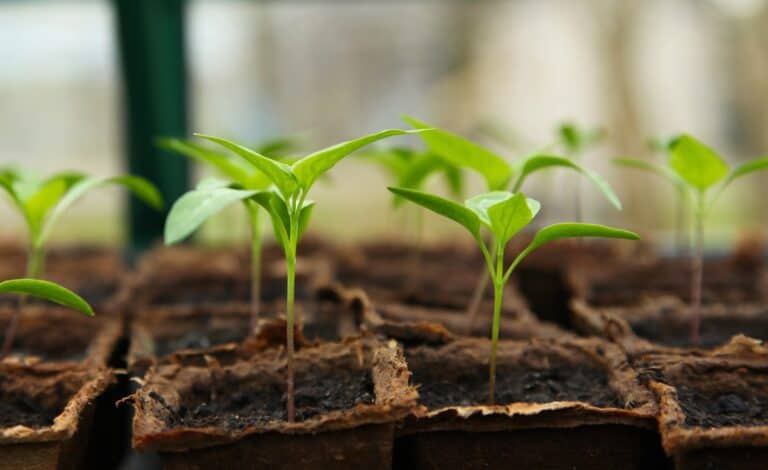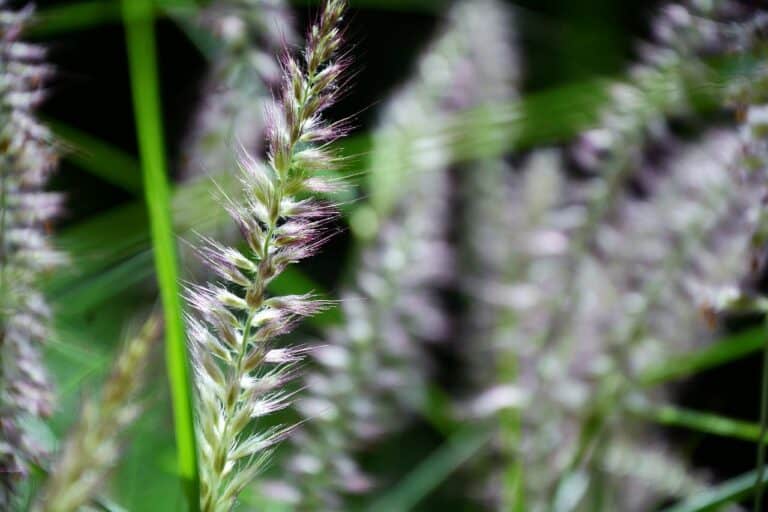Image by Linda Pom from Pixabay
| How To Make Essential Oil From Your Garden | Blending Essential Oil | A Brief History Of Essential Oil | Do Essential Oils Expire? |
Cajuput
Cajuput has been in use since ancient times. Originally from the coastal plains of Malaya, it is also found in Maritime South East Asia and Australia. Its melaleuca species – melaleuca Leucadendron – is from the same family as the Tea Tree. It has a crooked trunked the bark is whitish, papery thin, and flaking. The name is an Anglicization of the Malayan Kaju-put, Indonesian Kayu Putih, meaning white tree. It is also known as the White Tea Tree and has a sweet, herbaceous aroma, clear and penetrating.
Over the centuries, the healers of South East Asia SE have regarded cajuput as a valuable medicinal resource. It has been a popular household remedy for skin diseases, a valued healing agent, and an external analgesic. The oil was used for toothaches or in liniments for headaches, leg cramps, and the pain associated with rheumatism and neuralgia. It was applied externally for ailments as diverse as colic, earache, fresh wounds, and burns. In addition, it was renowned for being an excellent insect repellent and anti-parasitic.
The first written records of cajuput came from the German botanist Georg Rumphius. He worked for the Dutch East India company in the 17th century and lived on the island of Ambon, Indonesia, for fifty years. His life’s work was an extensive compilation of the islands’ flora, recorded in his Herbarium Amboinense.
It has had specific uses in different cultures over the years. The aboriginals of the Northern Territory, Australia, recognized the antiseptic, balsamic, decongestant qualities and used it as a leaf infusion rubbed onto the chest or inhaled to ease chest congestion, colds, flu, sinusitis, and bronchitis. They also appreciated the rubefacient and analgesic properties were effective in reducing the pain of rheumatism and arthritis.
In Burma, it was mixed with camphor and applied externally to ease gout.
In Vietnam, it was popularly used to treat joint pain.
In Cambodia, the leaf infusion was used to treat dropsy (edema).
In Malaya, the bark was softened by chewing then applied to infected wounds to draw out the pus.
In the Philippines, the leaves were used to treat asthma. In Indonesia, the leaves were used as an antidote to stomach disorders. In Papua New Guinea, the oil was rubbed onto the skin to prevent malaria, which is perfectly logical given the excellent insect repellent qualities that would have kept the disease-carrying mosquitoes at bay. It was known in ancient India as Kayaputi and was revered for all its uses.
Not only was it used as an ingredient for cosmetics and perfumes, but it was also well known for its antiseptic properties and was a traditional remedy for the stomach, for rheumatism, cholera, and as an insecticide. In addition, it is an ingredient of Tiger Balm – an effective liniment used for aching muscles, sprains, and strains – and of Olbas Oil – an equally effective inhalant/decongestant.
Today, we don’t have to chew leaves, boil them, or grind them down to a paste. Instead, all the traditional uses can be replicated using the essential oil, distilled from the leaves and twigs and mainly from Indonesia.


